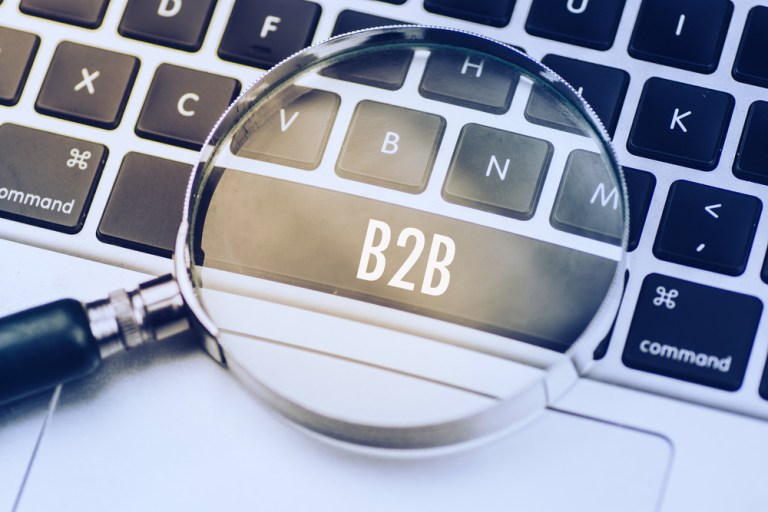Sometimes, stories are best told in numbers. There were a few trends in B2B payments and corporate finance in 2017 that emerged with some unexpected data points. Small business (SMB) optimism retained its strength throughout the new year on the promise of a new President and SMB-friendly regulations. Paper checks remained prevalent in B2B payments, of course, but the industry is beginning to anticipate a slowdown in favor of electronic payments. And the rollout of Same Day ACH transactions made a less-than-stellar impact in the B2B world. PYMNTS takes a look at some of the most telling statistics collected from the year.
—81 percent of millennial small business owners in the U.S. expect to see revenue increases in 2018, reflective of the seemingly unwavering confidence and optimism among small businesses this year. Bank of America’s latest Business Advantage Small Business Owner Report, released in November, found nearly three-quarters of SMBs say their year-end revenues are likely to be larger than they were at the end of 2016. When it comes to small businesses, 2017 was undoubtedly a year of high hopes despite uncertainty over healthcare and tax regulations. Separate data from the Wells Fargo/Gallup Small Business Index, also released last month, found 71 percent of small businesses agreed their financial situation is at least somewhat good.
—41 percent of U.S. small businesses say invoice payment collection is their largest cash flow management challenge, according to data from Bibby Financial Services in its Global Business Monitor report, released in October. More than a quarter say they wait longer than 30 days to see their invoices paid. Still, researchers found SMBs in the U.S. fare better than those in other markets when it comes to late invoice payments, which earned the attention of regulators in the U.K. and Australia in 2017. France and Singapore see an average of 45 days for supplier invoices to be paid, the longest in Bibby Financial Service’s report.
—32 percent of B2B payments received by accounts receivable (AR) are ACH, according to data from NACHA and the Credit Research Foundation. Their survey found that accounts receivables professionals expect the portion of ACH payments received to increase to 45 percent by 2020. Checks make up about half of payments received, but AR executives also expect that checks will decline to 34 percent by the end of the decade. Credit, debit, cash and wire are all expected to increase in B2B payments, according to predictions from accounts receivable professionals.
—A fifth of finance processionals said their company was hit with a business email compromise this year, according to TD Bank data released in June. TD Bank surveyed executives at the NACHA Payments 2017 conference and found an increase in the percentage of respondents that said fraud will be a bigger threat to the enterprise in the next two or three years (91 percent said they have this concern, up from 89 percent in 2016). And while the business email compromise was the most common type of attack this year, account takeovers accounted for nearly the same amount of instances of fraud, according to survey respondents.
—$18.5 trillion: the value of cross-border B2B payments as of 2016, according to BI Intelligence, which also predicted that value will continue to increase in 2018 and on toward the end of the decade.
Advertisement: Scroll to Continue
—6 percent of Same Day ACH transactions were B2B payments in the first 11 days the service went live, which could signal that B2B payments still aren’t convinced faster and real-time payments initiatives are key to the space. According to NACHA, which released the statistics earlier this month, 96 percent of the nearly 2 million Same Day ACH transactions in the service’s first 11 days were B2C payments. Altogether, they averaged $650 per transaction and totaled about $1.5 billion.




